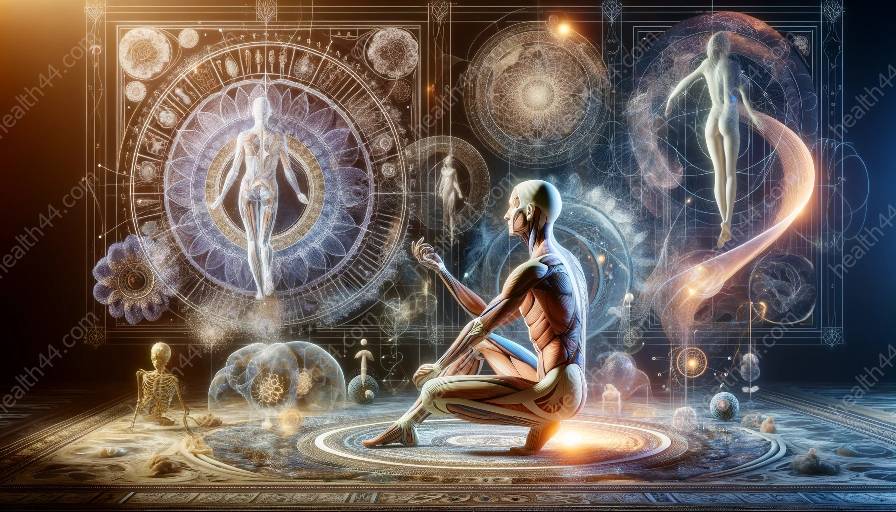Understanding the Digestive System and Gastrointestinal Anatomy
The digestive system is a complex network of organs and processes that work together to break down food, absorb nutrients, and eliminate waste. To fully appreciate this remarkable system, it's essential to delve into gastrointestinal anatomy, understanding the different structures and their functions.
An Introduction to Anatomy
Before delving into the intricacies of the digestive system, it's important to have a basic understanding of anatomy. The study of anatomy focuses on the structure and organization of the body and its parts, providing a foundation for comprehending the complexities of physiological processes.
The Gastrointestinal Tract
The gastrointestinal tract, also known as the digestive tract, is a continuous tube that extends from the mouth to the anus. It is responsible for the digestion and absorption of food, as well as the elimination of waste products. The tract includes several essential organs, each with specific functions.
Major Organs of the Digestive System
- Mouth: The process of digestion begins in the mouth, where food is broken down into smaller pieces through chewing and mixed with saliva containing digestive enzymes.
- Pharynx and Esophagus: Once swallowed, the food travels through the pharynx and into the esophagus, a muscular tube that transports it to the stomach.
- Stomach: The stomach serves as a temporary storage area for food, where it is mixed with gastric juices and enzymes to begin the process of chemical digestion.
- Small Intestine: This is where the majority of nutrient absorption occurs. The small intestine is divided into three sections: the duodenum, jejunum, and ileum.
- Large Intestine: The remaining undigested food moves into the large intestine, where water and electrolytes are absorbed, and waste products are formed into feces for elimination.
Anatomical Features and Functions
Examining the specific anatomical structures within the digestive system sheds light on their unique functions, such as:
- Liver: The largest internal organ in the body, the liver performs vital functions related to digestion, metabolism, and detoxification.
- Gallbladder: This small organ stores and concentrates bile produced by the liver, releasing it into the small intestine to aid in the digestion of fats.
- Pancreas: The pancreas secretes digestive enzymes and hormones, such as insulin and glucagon, which play a crucial role in maintaining blood sugar levels.
- Intestinal Villi: These small, finger-like projections in the lining of the small intestine increase its surface area, facilitating the absorption of nutrients.
Physiological Processes in the Digestive System
Understanding the anatomical structures leads to an exploration of the physiological processes that take place within the digestive system. These processes include:
- Ingestion: The intake of food and liquid into the body through the mouth, initiating the digestive process.
- Digestion: The mechanical and chemical breakdown of food into smaller, absorbable components.
- Absorption: The transfer of nutrients and water from the digestive system into the bloodstream to be utilized by the body's cells.
- Excretion: The elimination of waste products, such as feces, from the body, completing the digestive process.
Digestive System and Overall Health
Appreciating the intricacies of the digestive system is crucial for maintaining overall health and well-being. A balanced, nutritious diet, proper hydration, and regular physical activity play important roles in supporting the digestive system's functions.
Conclusion
The digestive system and gastrointestinal anatomy offer a fascinating journey into the complexities of the human body. Understanding the anatomical structures and physiological processes not only enriches our knowledge of the body's inner workings but also emphasizes the importance of a healthy lifestyle for optimal digestive function.































